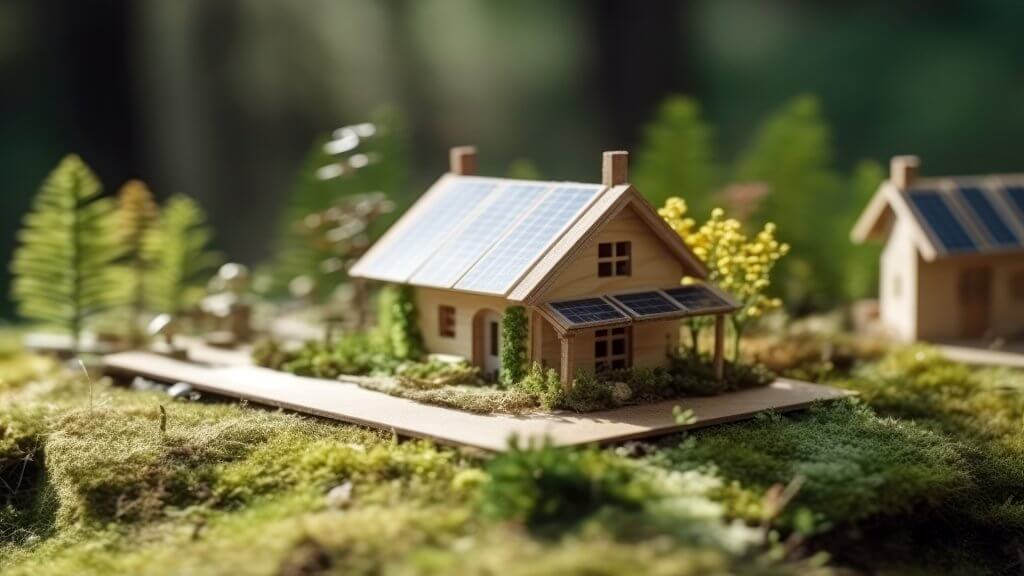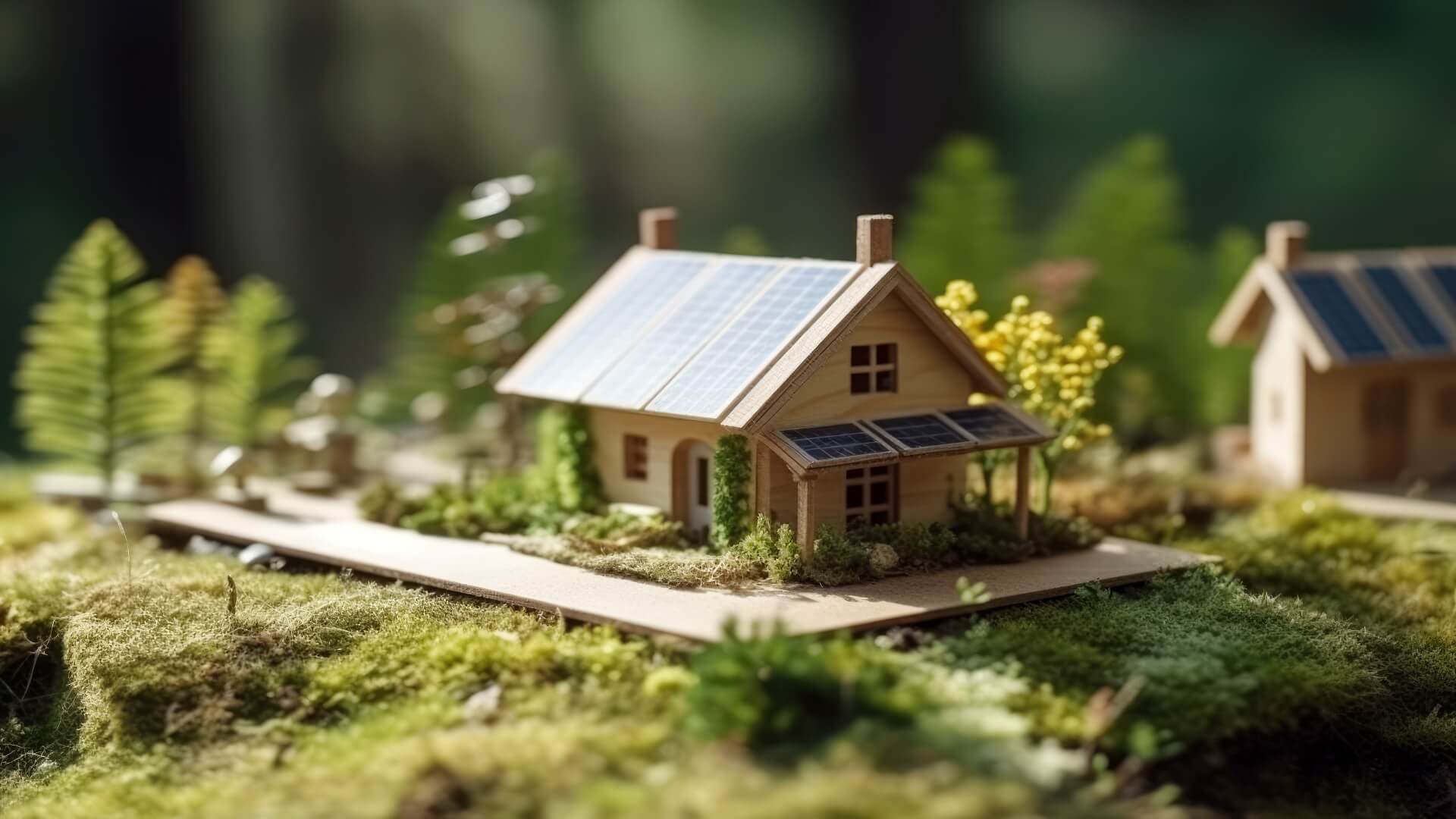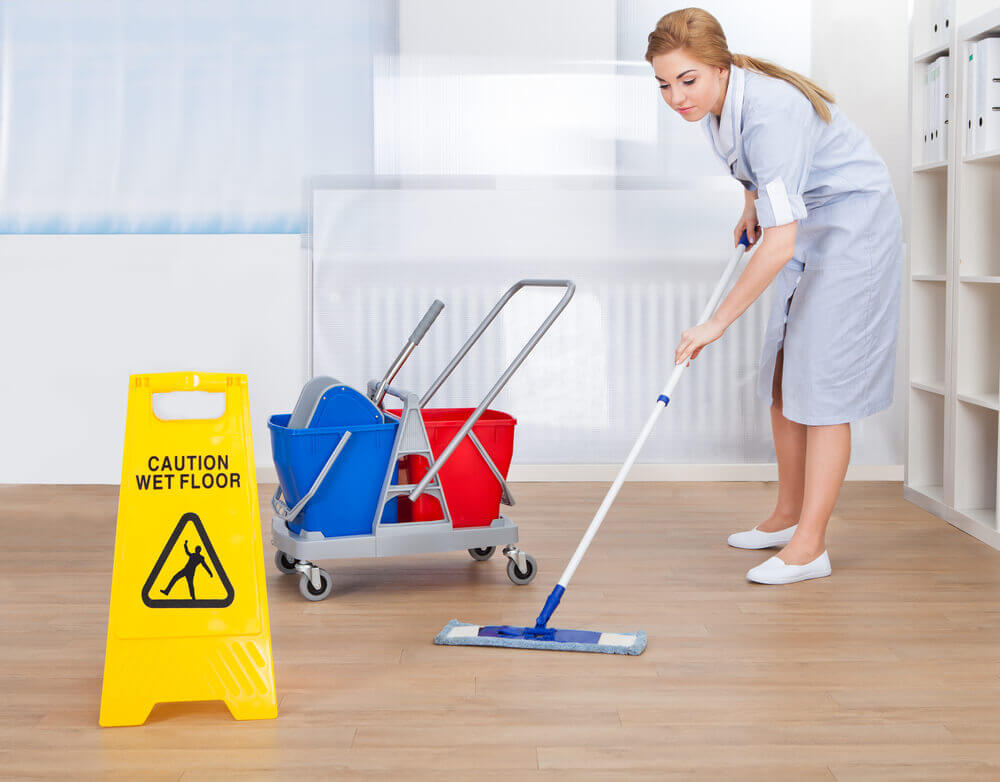
In the wake of growing environmental concerns and the increasing demand for energy-efficient homes, investing in green homes has become a profitable and sustainable real estate strategy.
This trend is not just a fleeting fad but a significant shift in the real estate market, driven by a combination of consumer demand, government incentives, and the undeniable benefits of energy efficiency.
This article explores the potential of green home investments, the reasons behind their profitability, and the current trends driving their popularity.
The Green Home Revolution
Green homes, also known as eco-homes or energy-efficient homes, are residential properties designed to minimize their environmental impact through energy efficiency and sustainable design. These homes are not only beneficial for the environment but also offer significant cost savings for homeowners in terms of reduced energy and water usage. But what exactly makes a home ‘green’?
What Makes a Green, Eco-Friendly House?
“Eco-friendly” is not only about new-construction homes built recently with all trends in mind. It is more related to the old but renovated houses to make them “greener” and incorporate several energy-efficient features and improvements:
Insulation and Air Sealing: Proper insulation and air sealing reduce heat loss in winter and heat gain in summer to make homes more comfortable and reduce energy costs.
Energy-Efficient Windows, Doors, and Skylights: Energy-efficient windows, doors, and skylights reduce heat loss in winter and heat gain in summer. Such units are equipped with triple-glazing and LoE coatings, are Energy Star-rated, and bring maximum value in terms of thermal performance. According to replacement windows Vancouver experts, these models are up to 55% more energy efficient than regular units and come with a whopping 70-80% return on investment.
Energy-Efficient Appliances and Home Electronics: Energy-efficient appliances and home electronics to consume less energy without compromising performance.
Energy-Efficient Lighting and Daylighting: Energy-efficient lighting, such as LED lights. Daylighting strategies maximize natural light, reducing the need for artificial lighting.
Energy-Efficient Heating and Cooling Systems: Energy-efficient heating and cooling systems, such as heat pumps and high-efficiency furnaces and air conditioners to provide comfort with less energy.
Water-Efficient Fixtures: Water-efficient fixtures, such as low-flow showerheads and faucets to reduce water consumption.
Renewable Energy Systems: Renewable energy systems, such as solar panels and wind turbines to generate electricity from renewable sources, reducing reliance on fossil fuels.
The Profitability of Green Homes: All You Need to Know
Many real estate agents, home buyers and investors seeking high ROI state that investing in green homes can be highly profitable for several reasons:
Increasing Demand
The demand for green homes is on the rise. According to research, more than half of a household’s annual energy consumption is for just two energy end uses: space heating and air conditioning. With the increasing awareness about climate change and the need for energy conservation, more and more homeowners are looking for energy-efficient homes.
Government Incentives & Rebates
For example, the Canadian government has launched the Canada Greener Homes Grant, which offers grants from $125 to $5,000 and $600 for home energy assessment to cover a portion of the costs for eligible home retrofits.
Cost Savings
Eco-friendly homes offer significant cost savings in the long run. Energy-efficient appliances, insulation, and heating and cooling systems can significantly reduce energy consumption and utility bills. The average household living in a single-family detached home consumes nearly three times more energy than a household living in an apartment building with five or more apartments.
High Resale Value
Based on the information from the U.S. Green Building Council, green homes can significantly increase in value. An upfront investment in green building makes properties more valuable, with an average expected increase in value of 4 percent. Green retrofit projects are generally expected to pay for themselves in just seven years.
The resale value of green homes is likely to be higher than that of traditional homes due to their numerous benefits, including energy, water, maintenance, and waste savings. Furthermore, as the demand for green homes continues to rise, their resale value is likely to increase even further.
The Bottom Line
Investing in green homes is a profitable and sustainable real estate strategy. With the increasing demand, government incentives, cost savings, and the growing trend of sustainable living, energy-efficient homes offer a promising investment opportunity for the future. By investing in eco homes, we are not only securing a profitable investment but also contributing to a sustainable and environmentally-friendly future.





















